indicisivedivide
ACCESS: Confidential
- Joined
- 23 August 2022
- Messages
- 57
- Reaction score
- 65
No talk about diode pumped rare gas and alkali lasers.
KrF and ArF are DUV lasers. So they can't be used in the open. They need pure air ( clean room air ) to function.I had seen 5% for KrF, but only 0.2% for XeF, so those numbers cover the range in the RP Photonics article. The XeF number was for an electrical discharge pumped XeF laser and came from a very old reference (1976): https://pubs.aip.org/aip/apl/articl...charge-initiated-XeF-laser?redirectedFrom=PDFOdd, I have a book that states efficiencies of up to 15% had been demonstrated with excimer lasers, and it was written in the late '80s.XeF lasers have a typical wall-plug efficiency of only 0.2% which is far lower than the wall-plug efficiency of the NIF tripled Nd:glass laser system which is 0.66% for the flash lamp pumped version and 5% for the diode pumped version as shown in the table below from https://www.osti.gov/servlets/purl/951674 (Note that LIFE is a proposed fusion-fission-hybrid energy generation engine based on laser-driven ICF and the efficiencies in the LIFE column are calculated rather than actually achieved efficiencies as are the values in the two NIF columns):
View attachment 701414
Now they're stating up to 5% but more with electron beam pumping.
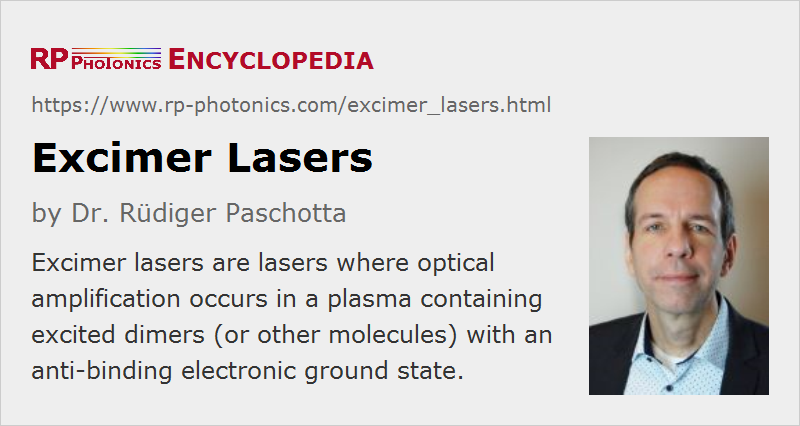
excimer lasers
Excimer lasers are lasers where optical amplification occurs in a plasma containing excited dimers (or other molecules) with an anti-binding electronic ground state.www.rp-photonics.com
Beam pumped.
From 1988
Increased XeF(B→X) laser efficiency at high pump rate and elevated temperature
A XeF(B→X) laser efficiency of 6.0% has been observed in an electron beam pumped device. This is the highest XeF(B→X) laser efficiency reported to date. Mipubs.aip.org
Efficient narrowband electron beam pumped KrF laser for pulse‐compression studies
A 25‐J, 50‐ns laser pumped by opposed electron beams is described. Experiments with this device demonstrated a 9% intrinsic laser efficiency at power depospubs.aip.org

Direct drive with the argon fluoride laser as a path to high fusion gain with sub-megajoule laser energy
Argon fluoride (ArF) is currently the shortest wavelength laser that can credibly scale to the energy and power required for high gain inertial fusion. ArF's deep ultraviolet light and capability to provide much wider bandwidth than other contemporary ...www.ncbi.nlm.nih.gov
LIFE used a solid-state laser known as the Mercury laser, using Yb:SFAP (Ytterbium-doped strontium fluorapatite, Sr5(PO4)3F) as the active gain medium.
Mercury laser - Wikipedia
en.wikipedia.org
Also, some of the larger stated efficiencies may not be wall-plug efficiencies. For example, your link about narrowband electron beam pumped KrF laser for pulse‐compression studies, lists a 9% intrinsic laser efficiency, but that is not a wall-plug efficiency. For electron beam pumped excimer lasers, the intrinsic laser efficiency is defined as the ratio of the laser output energy to the e-beam energy deposited into the laser gas. See https://opg.optica.org/directpdfacc...&id=299350&uri=CLEO-1988-TUO4&seq=0&mobile=no
The link about the ArF laser for direct drive fusion is about ArF, not XeF, and the numbers are projected efficiencies, not achieved efficiencies as indicated in this excerpt "Our laser kinetics simulations indicate that the electron beam-pumped ArF laser can have intrinsic efficiencies of more than 16%, versus about 12% for the next most efficient krypton fluoride excimer laser. We expect at least 10% ‘wall plug' efficiency for delivering ArF light to target should be achievable using solid-state pulsed power and efficient electron beam transport to the laser gas that was demonstrated with the U.S. Naval Research Laboratory's Electra facility."
The 5% wall plug efficiency you stated is on par with the 5% demonstrated by the tripled diode laser pumped Nd:glass laser demonstrated in NIF.
The 15% wall plug efficiency you stated is not significantly different from the 13.3% expected for the LIFE laser, but in both cases these seem to be calculated projections rather than demonstrated wall plug efficiencies.
Consistently throughout my 40-year career in lasers and electro-optics, I saw projected laser efficiencies for new laser technologies that were significantly higher than what was achieved, sometimes by as much as factors of 2 or 3. So, I take the projected efficiencies with a grain of salt.
About LIFE: "LIFE, short for Laser Inertial Fusion Energy, was a fusion energy effort run at Lawrence Livermore National Laboratory between 2008 and 2013...Two designs were considered, operated as either a pure fusion or hybrid fusion-fission system....With the problem of ignition unsolved, the LIFE project was canceled in 2013...The LIFE program was criticized through its development for being based on physics that had not yet been demonstrated. In one pointed assessment, Robert McCrory, director of the Laboratory for Laser Energetics, stated: "In my opinion, the overpromising and overselling of LIFE did a disservice to Lawrence Livermore Laboratory."...LLNL had begun exploring different solutions to the laser problem while the system was first being described. In 1996 they built a small testbed system known as the Mercury laser that replaced the flashtubes with laser diodes." From https://en.wikipedia.org/wiki/Laser_Inertial_Fusion_Energy
The LIFE laser listed in the table I excerpted from the LLNL report was for the hybrid fusion-fission concept, and it's performance listed in the table was a projection, not what was achieved.
Wavelengths just below visible are still inside the atmospheric window and typical metals have much lower reflectance below 400nm.KrF and ArF are DUV lasers. So they can't be used in the open. They need pure air ( clean room air ) to function.
I don't know much about them, but there are interesting papers about them at these links:No talk about diode pumped rare gas and alkali lasers.
The discussion on the excimer lasers started with XeF at 351 nm, which has passable, but not great, atmospheric transmittance. But then the discussion wandered off to ArF, which has a wavelength of 193 nm, and KrF, which has a wavelength of 248 nm. Both of those wavelengths have much worse atmospheric transmittance. ArF and KrF entered the discussion because there were some references on various pumping schemes for them to improve the efficiency, which may or may not be applicable to XeF.KrF and ArF are DUV lasers. So they can't be used in the open. They need pure air ( clean room air ) to function.I had seen 5% for KrF, but only 0.2% for XeF, so those numbers cover the range in the RP Photonics article. The XeF number was for an electrical discharge pumped XeF laser and came from a very old reference (1976): https://pubs.aip.org/aip/apl/articl...charge-initiated-XeF-laser?redirectedFrom=PDFOdd, I have a book that states efficiencies of up to 15% had been demonstrated with excimer lasers, and it was written in the late '80s.XeF lasers have a typical wall-plug efficiency of only 0.2% which is far lower than the wall-plug efficiency of the NIF tripled Nd:glass laser system which is 0.66% for the flash lamp pumped version and 5% for the diode pumped version as shown in the table below from https://www.osti.gov/servlets/purl/951674 (Note that LIFE is a proposed fusion-fission-hybrid energy generation engine based on laser-driven ICF and the efficiencies in the LIFE column are calculated rather than actually achieved efficiencies as are the values in the two NIF columns):
View attachment 701414
Now they're stating up to 5% but more with electron beam pumping.

excimer lasers
Excimer lasers are lasers where optical amplification occurs in a plasma containing excited dimers (or other molecules) with an anti-binding electronic ground state.www.rp-photonics.com
Beam pumped.
From 1988
Increased XeF(B→X) laser efficiency at high pump rate and elevated temperature
A XeF(B→X) laser efficiency of 6.0% has been observed in an electron beam pumped device. This is the highest XeF(B→X) laser efficiency reported to date. Mipubs.aip.org
Efficient narrowband electron beam pumped KrF laser for pulse‐compression studies
A 25‐J, 50‐ns laser pumped by opposed electron beams is described. Experiments with this device demonstrated a 9% intrinsic laser efficiency at power depospubs.aip.org

Direct drive with the argon fluoride laser as a path to high fusion gain with sub-megajoule laser energy
Argon fluoride (ArF) is currently the shortest wavelength laser that can credibly scale to the energy and power required for high gain inertial fusion. ArF's deep ultraviolet light and capability to provide much wider bandwidth than other contemporary ...www.ncbi.nlm.nih.gov
LIFE used a solid-state laser known as the Mercury laser, using Yb:SFAP (Ytterbium-doped strontium fluorapatite, Sr5(PO4)3F) as the active gain medium.
Mercury laser - Wikipedia
en.wikipedia.org
Also, some of the larger stated efficiencies may not be wall-plug efficiencies. For example, your link about narrowband electron beam pumped KrF laser for pulse‐compression studies, lists a 9% intrinsic laser efficiency, but that is not a wall-plug efficiency. For electron beam pumped excimer lasers, the intrinsic laser efficiency is defined as the ratio of the laser output energy to the e-beam energy deposited into the laser gas. See https://opg.optica.org/directpdfacc...&id=299350&uri=CLEO-1988-TUO4&seq=0&mobile=no
The link about the ArF laser for direct drive fusion is about ArF, not XeF, and the numbers are projected efficiencies, not achieved efficiencies as indicated in this excerpt "Our laser kinetics simulations indicate that the electron beam-pumped ArF laser can have intrinsic efficiencies of more than 16%, versus about 12% for the next most efficient krypton fluoride excimer laser. We expect at least 10% ‘wall plug' efficiency for delivering ArF light to target should be achievable using solid-state pulsed power and efficient electron beam transport to the laser gas that was demonstrated with the U.S. Naval Research Laboratory's Electra facility."
The 5% wall plug efficiency you stated is on par with the 5% demonstrated by the tripled diode laser pumped Nd:glass laser demonstrated in NIF.
The 15% wall plug efficiency you stated is not significantly different from the 13.3% expected for the LIFE laser, but in both cases these seem to be calculated projections rather than demonstrated wall plug efficiencies.
Consistently throughout my 40-year career in lasers and electro-optics, I saw projected laser efficiencies for new laser technologies that were significantly higher than what was achieved, sometimes by as much as factors of 2 or 3. So, I take the projected efficiencies with a grain of salt.
About LIFE: "LIFE, short for Laser Inertial Fusion Energy, was a fusion energy effort run at Lawrence Livermore National Laboratory between 2008 and 2013...Two designs were considered, operated as either a pure fusion or hybrid fusion-fission system....With the problem of ignition unsolved, the LIFE project was canceled in 2013...The LIFE program was criticized through its development for being based on physics that had not yet been demonstrated. In one pointed assessment, Robert McCrory, director of the Laboratory for Laser Energetics, stated: "In my opinion, the overpromising and overselling of LIFE did a disservice to Lawrence Livermore Laboratory."...LLNL had begun exploring different solutions to the laser problem while the system was first being described. In 1996 they built a small testbed system known as the Mercury laser that replaced the flashtubes with laser diodes." From https://en.wikipedia.org/wiki/Laser_Inertial_Fusion_Energy
The LIFE laser listed in the table I excerpted from the LLNL report was for the hybrid fusion-fission concept, and it's performance listed in the table was a projection, not what was achieved.
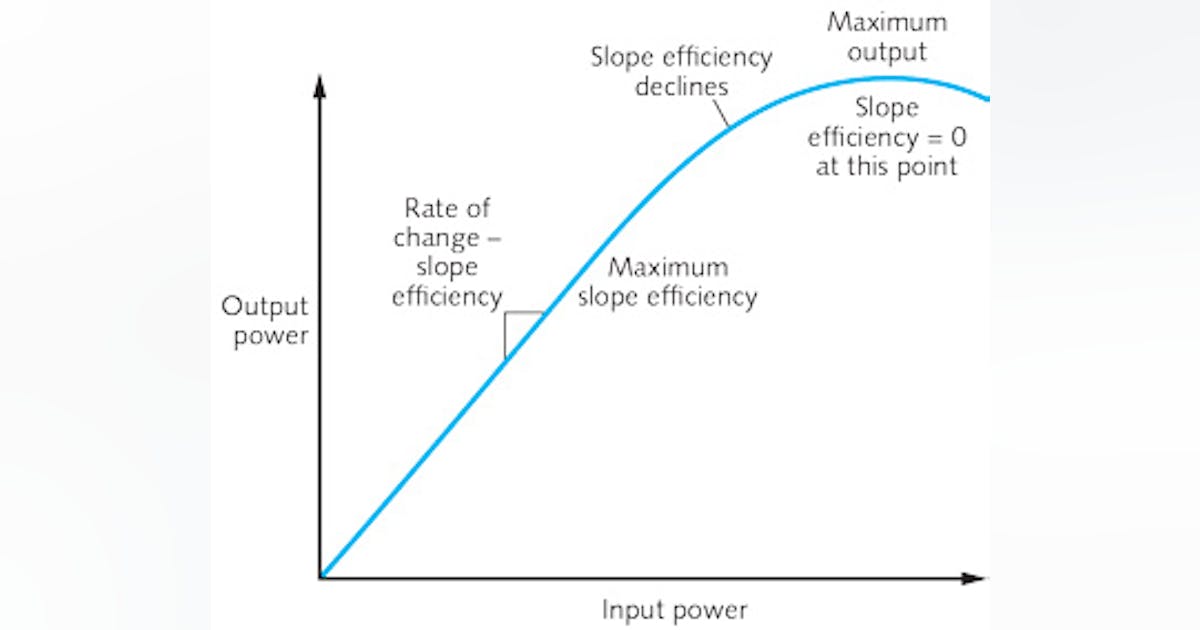
Northrop Grumman says they think they can scale ytterbium fiber lasers to MW using coherent beam combining. The article at this link https://www.photonics.com/Articles/Fiber_Lasers_Scale_Up_Output_Powers_and_End/a68982 states: "Defense specialist Northrop Grumman has guided the way for building some of the highest power fiber lasers for countering threats including unmanned aerial systems, rockets, artillery, and mortar shells. The company is also currently developing its highest energy laser yet, which will be able to scale output up to 1 MW...So, Ytterbium Lasers Very efficient, but how good is it at MW power level?

Photonic Frontiers: High-efficiency Optical Pumping: 'Going green' cranks up the laser power
Improving optical-pumping efficiency has made solid-state lasers cost-effective industrial tools. Continuing refinements will improve laser performance by reducing nonlinear effects...www.laserfocusworld.com
How is quantum efficiency defined (first link)?I don't know much about them, but there are interesting papers about them at these links:
https://opg.optica.org/oe/fulltext.cfm?uri=oe-23-11-13823&id=318852 and
https://apps.dtic.mil/sti/pdfs/AD1097889.pdf
Perhaps someone more knowledgeable will chime in on these types of lasers and their potential for defense and aerospace applications.
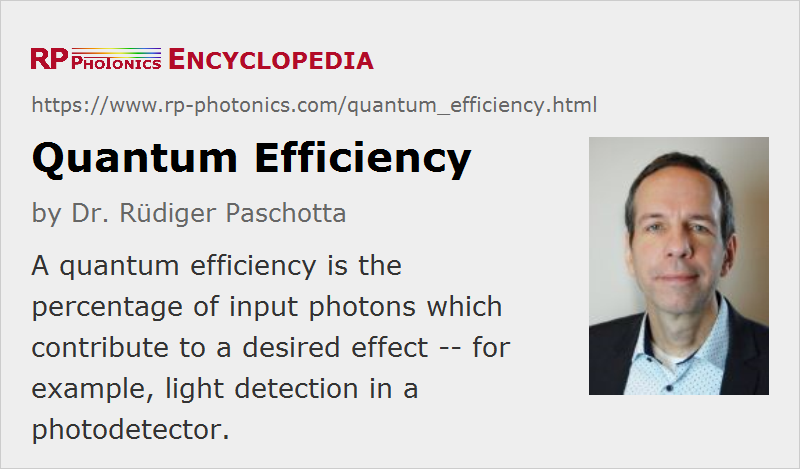
The quantum efficiency (or quantum yield) is often of interest for processes which convert light in some way. It is defined as the percentage of the input photons which contribute to the desired effect.
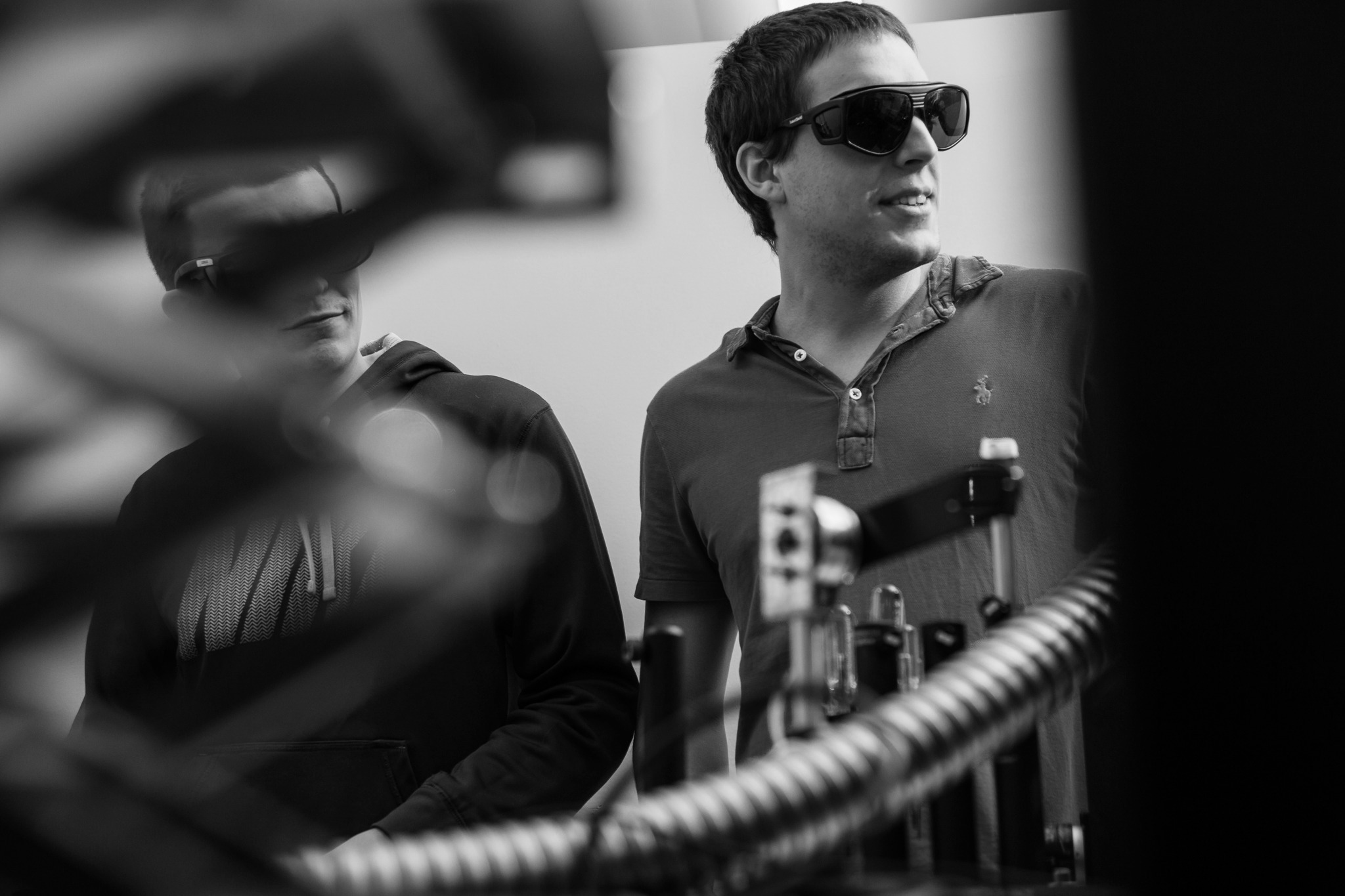
However, you have to take into account the quantum defect between the pump photons and the laser photons: https://www.rp-photonics.com/quantum_defect.htmlThey reckon diode pumped alkali lasers might scale to higher power levels despite being slightly less efficient, because of better cooling.
I think current efficiencies are 50% optical to optical and diodes are around 80%, so ~40%(?) overall.
How is quantum efficiency defined (first link)?I don't know much about them, but there are interesting papers about them at these links:
https://opg.optica.org/oe/fulltext.cfm?uri=oe-23-11-13823&id=318852 and
https://apps.dtic.mil/sti/pdfs/AD1097889.pdf
Perhaps someone more knowledgeable will chime in on these types of lasers and their potential for defense and aerospace applications.
I have found the answer. Sounds like it's another way of saying optical to optical efficiency.

quantum efficiency
A quantum efficiency is the percentage of input photons which contribute to a desired effect -- for example, light detection in a photodetector.www.rp-photonics.com
The quantum efficiency (or quantum yield) is often of interest for processes which convert light in some way. It is defined as the percentage of the input photons which contribute to the desired effect.
So in your first link metastable Xe* has a quantum efficiency of 98%. Diode lasers to pump them can be up to 80% efficient, so that has huge potential.

What are diode lasers and where do we use them?
Learn what diode lasers are, what they are used for and when not to use them.www.gentec-eo.com
This further corroborates the statement in my previous post "This illustrates that the specific pump and laser wavelengths of the device have a large impact on the quantum defect, and not all laser devices of the same general type will have the same quantum defect."Pump wavelength for Xe* is 904.5nm here, with output of 979.9nm, which gives 7.69% quantum defect.
According to https://apps.dtic.mil/sti/pdfs/AD1097889.pdf : "Rare-gas atoms promoted to metastable electronically excited states have spectroscopic properties that are closely similar to those of the alkali metals. They are readily generated using low-power electrical discharges."How easy is it to produce the metastable state for the rare gas lasers?
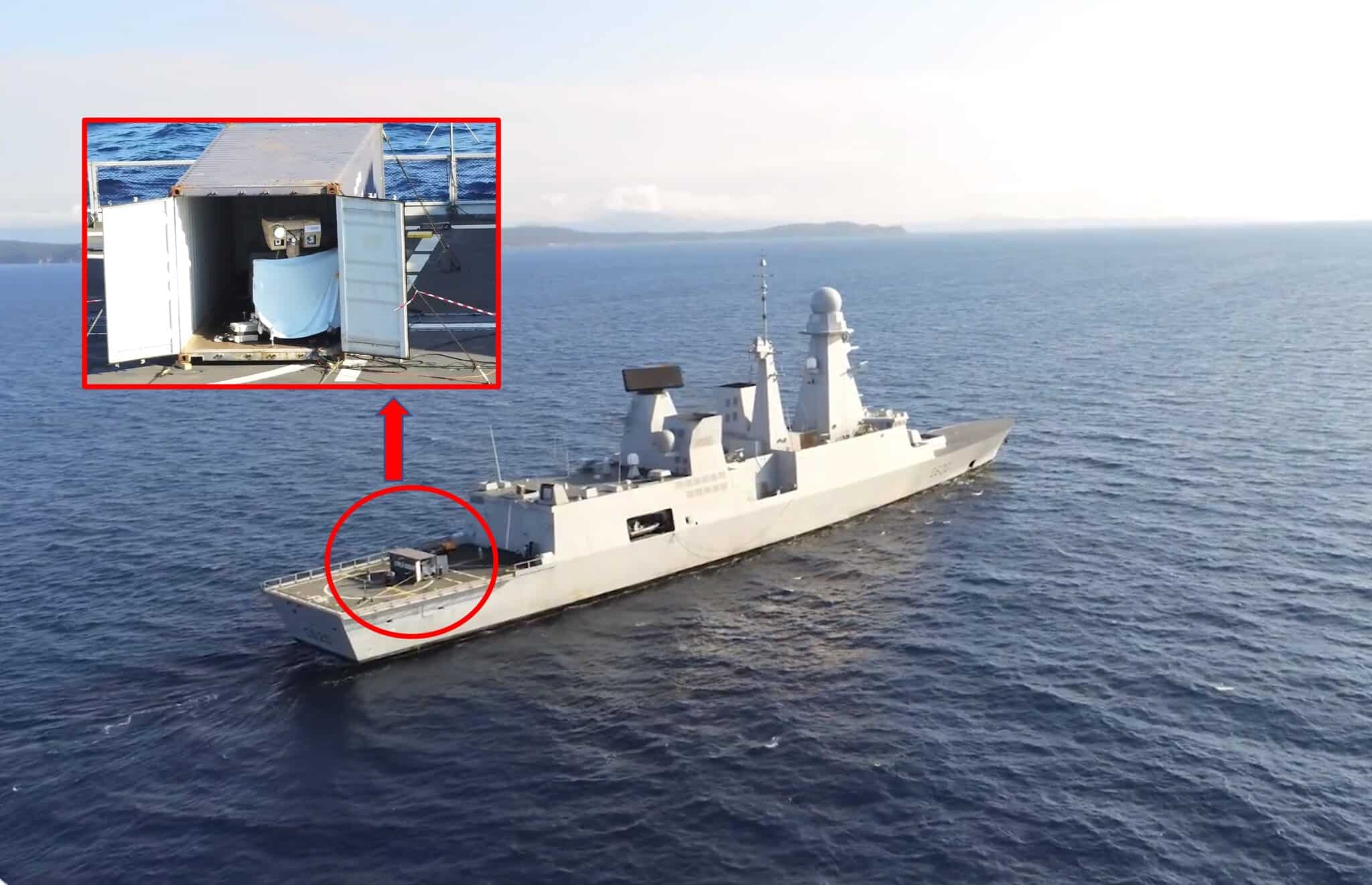

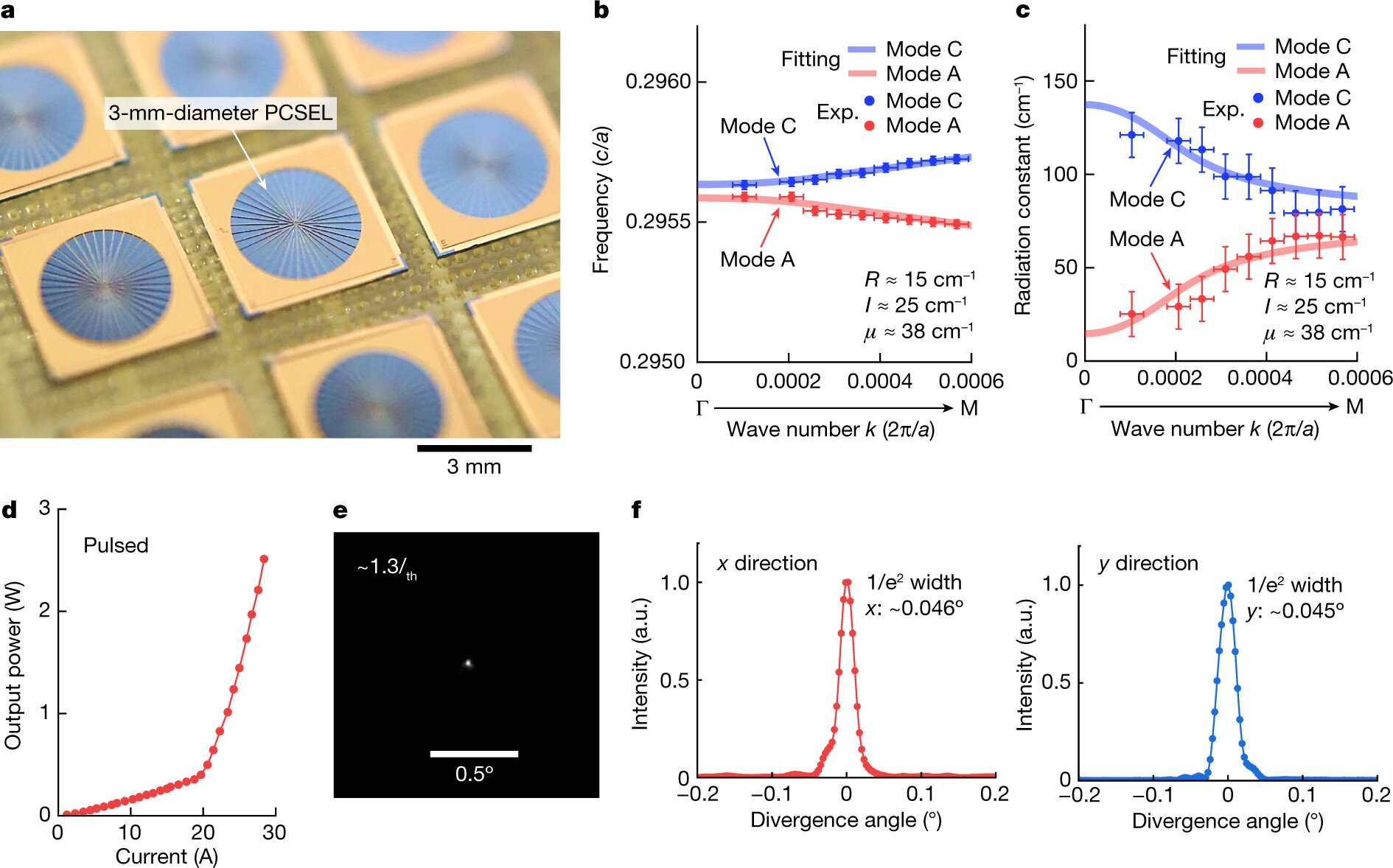
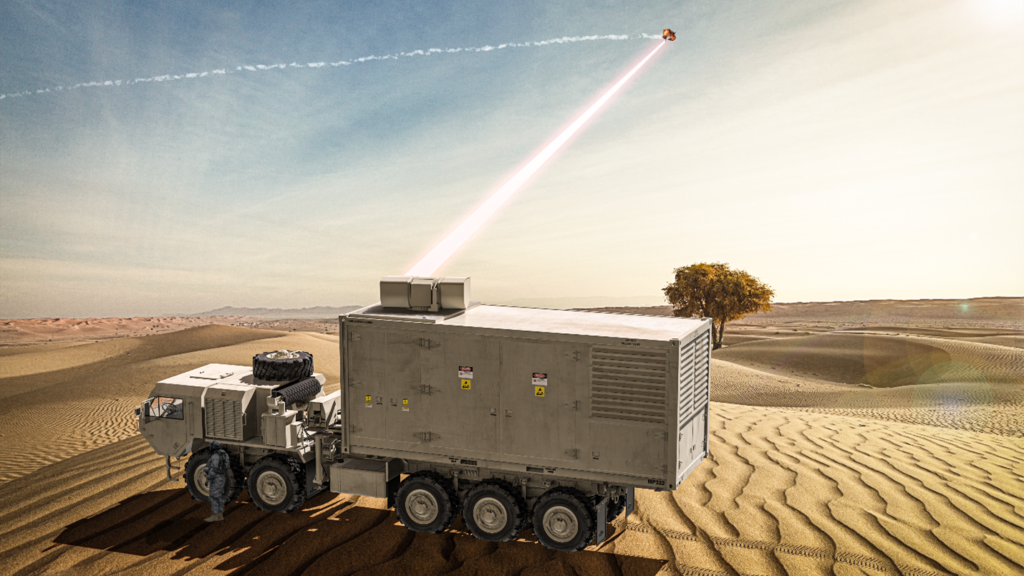
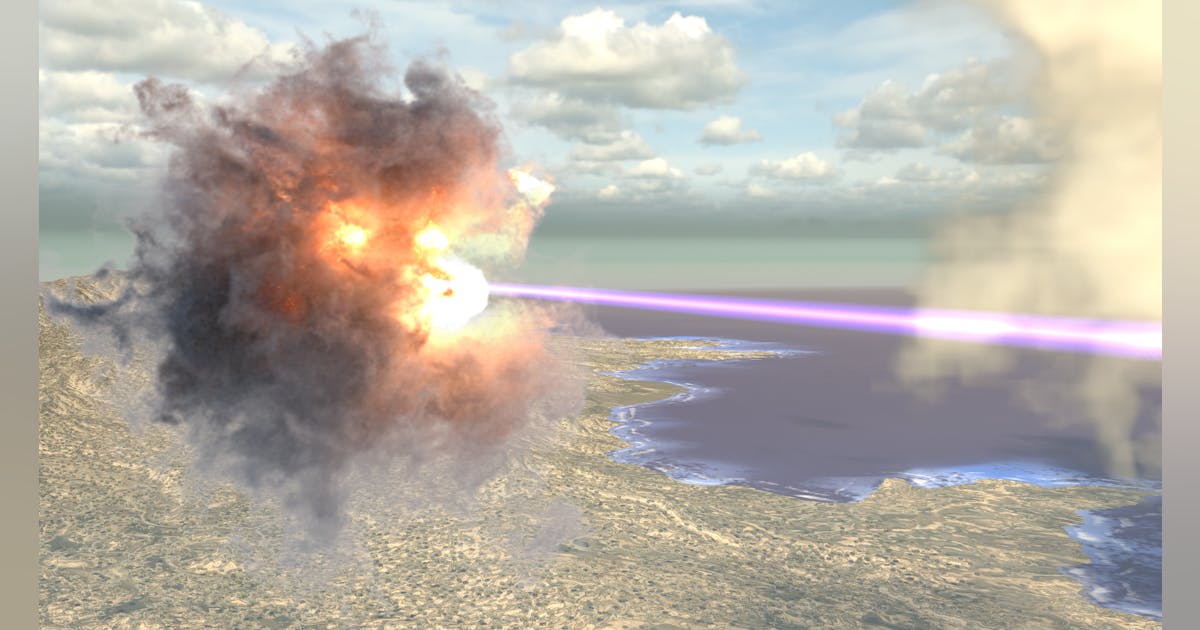
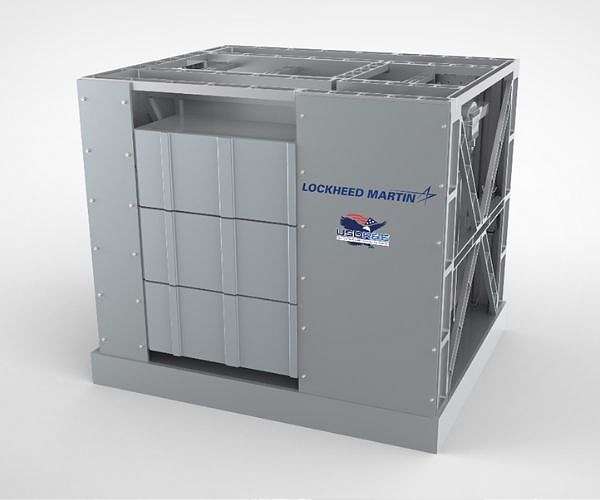
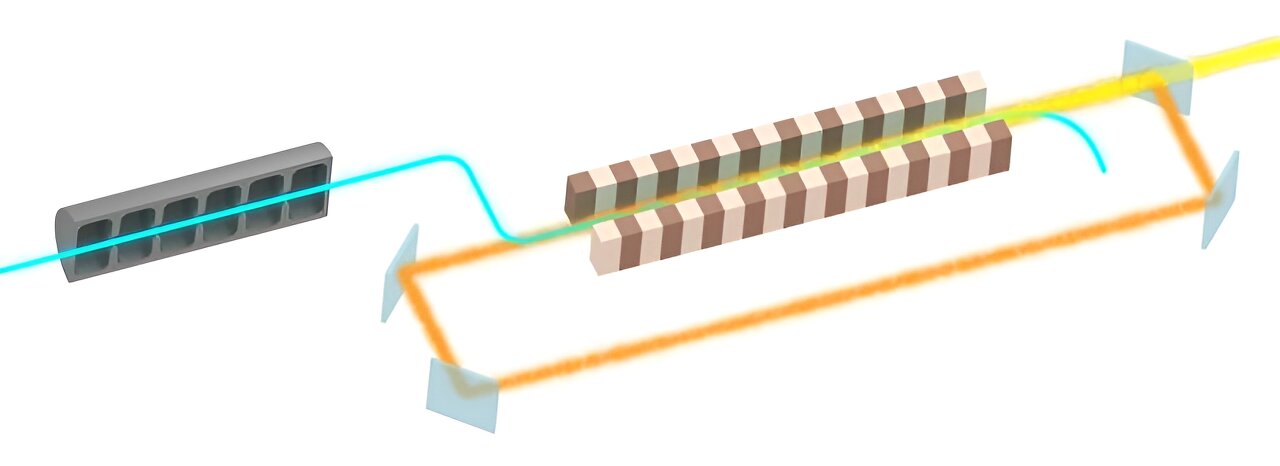
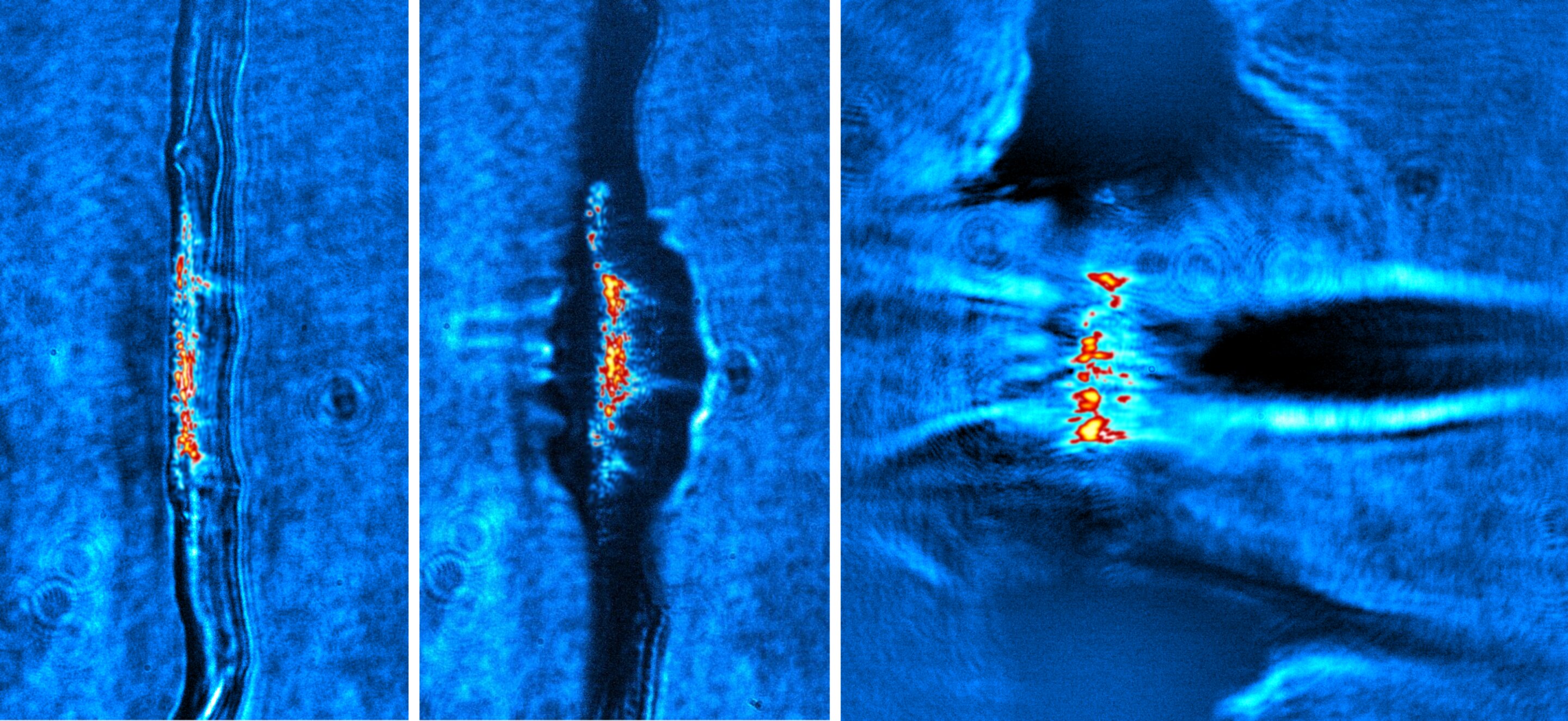
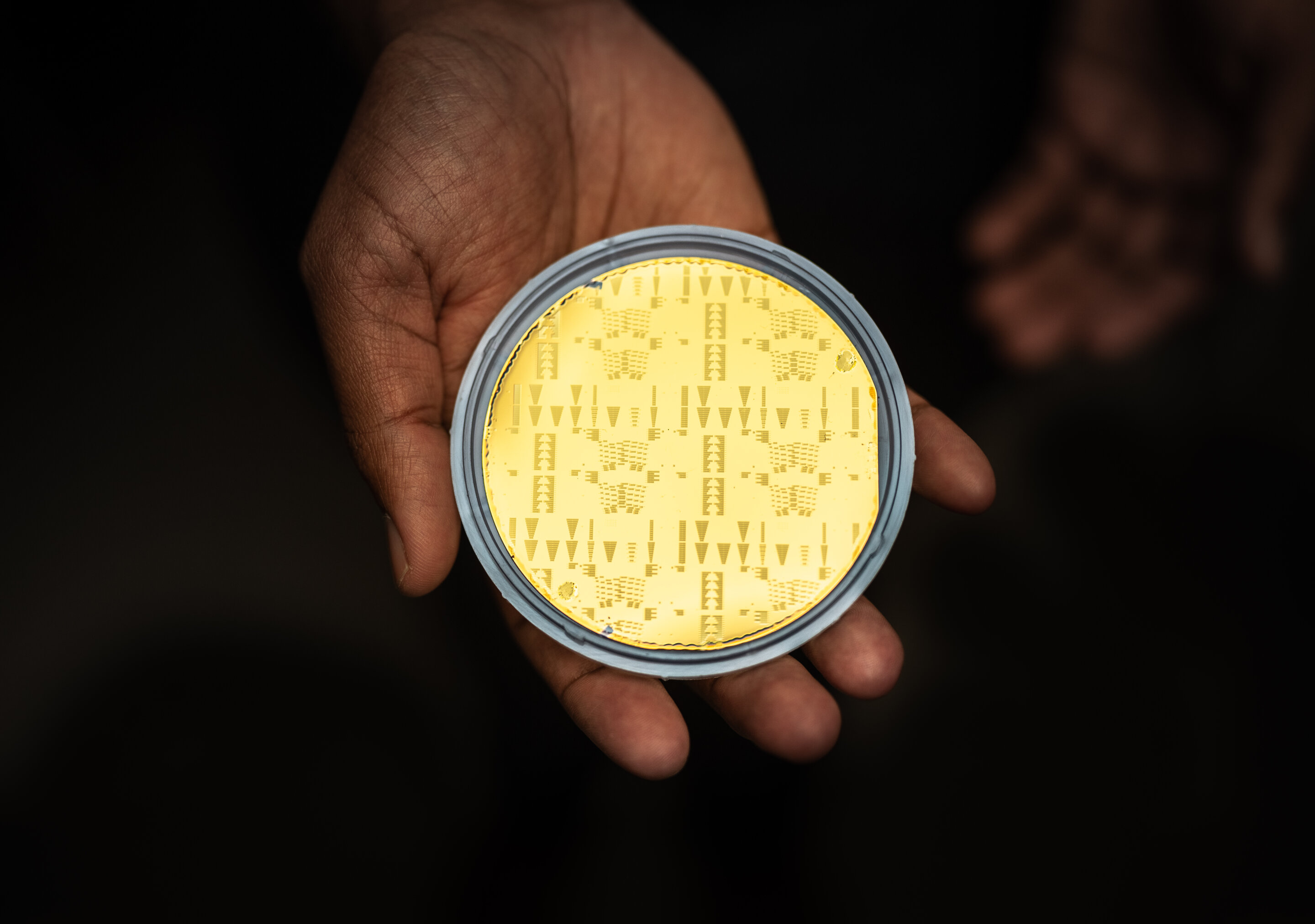
The first one is not really new, but it is an interesting incremental development in work that has been ongoing since the late 2000s. See the August 2021 article https://www.science.org/content/art...smooth-out-already-revolutionary-x-ray-lasers which states "...because an XFEL uses fluctuations in the density of the electron beam to begin to generate x-rays, one pulse varies from another in intensity, and each pulse has a wide and randomly distributed spectrum of wavelengths. To squelch such noise, physicists have turned to an idea kicked around for decades, says Kwang-Je Kim, an accelerator physicist at Argonne National Laboratory. “People talked about it from time to time over drinks, but it was party conversation,” he says. “Nobody did any serious calculations” until the late 2000s, when Kim and others tackled the issue...Laser news

Researchers show how to increase X-ray laser brightness and power using a crystal cavity and diamond mirrors
At particle accelerator facilities around the world, scientists rely on powerful X-rays to reveal the structure and behavior of atoms and molecules. Now, researchers from the Department of Energy's SLAC National Accelerator Laboratory have calculated how to make X-ray pulses at X-ray...phys.org

New method improves proton acceleration with high power laser using frozen hydrogen as target
Bringing protons up to speed with strong laser pulses—this still young concept promises many advantages over conventional accelerators. For instance, it seems possible to build much more compact facilities. Prototypes to date, however, in which laser pulses are fired at ultra-thin metal foils...phys.org

What do you do with a shrunken laser?
The laser is so small you need a microscope to see it properly. But it's not just the size that scientists at Sandia National Laboratories are excited about.phys.org
The third one is interesting, but it's just another of several approaches to the integration of lasers and other active devices into silicon PICs. Here is another one from a June 2023 article: https://phys.org/news/2023-06-monolithically-semiconductor-lasers-silicon-photonic.htmlLaser news

Researchers show how to increase X-ray laser brightness and power using a crystal cavity and diamond mirrors
At particle accelerator facilities around the world, scientists rely on powerful X-rays to reveal the structure and behavior of atoms and molecules. Now, researchers from the Department of Energy's SLAC National Accelerator Laboratory have calculated how to make X-ray pulses at X-ray...phys.org

New method improves proton acceleration with high power laser using frozen hydrogen as target
Bringing protons up to speed with strong laser pulses—this still young concept promises many advantages over conventional accelerators. For instance, it seems possible to build much more compact facilities. Prototypes to date, however, in which laser pulses are fired at ultra-thin metal foils...phys.org

What do you do with a shrunken laser?
The laser is so small you need a microscope to see it properly. But it's not just the size that scientists at Sandia National Laboratories are excited about.phys.org
Yes, in that photonic integrated circuits (PIC) can be used in the photonic portion of the photonic radar rather than using discrete photonic devices.Does the last one apply to photonic radar development?
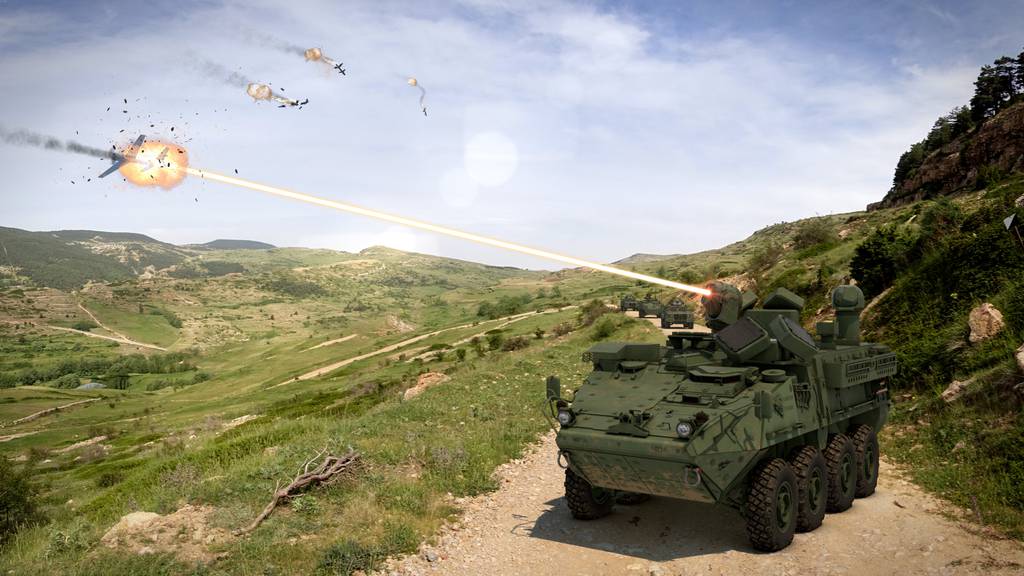
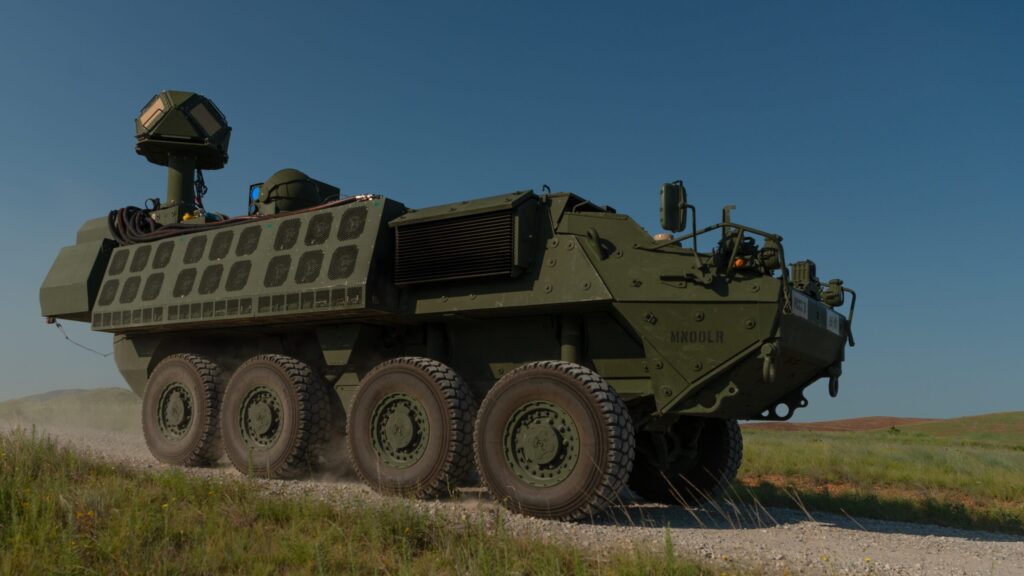
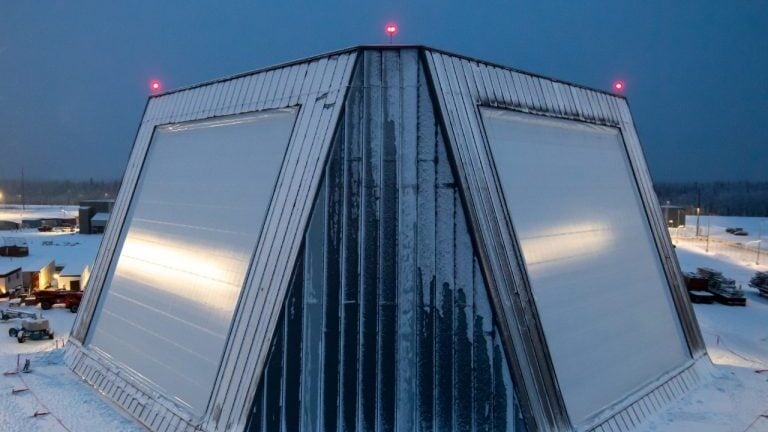
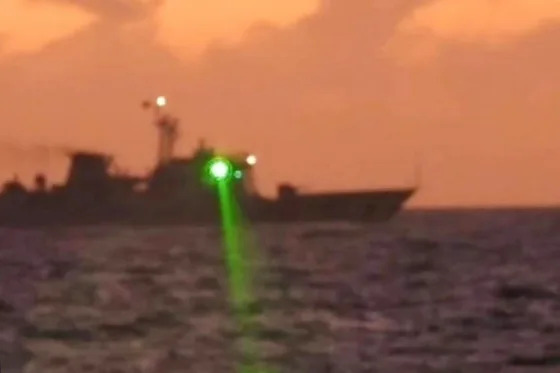
 www.thedefensepost.com
www.thedefensepost.com




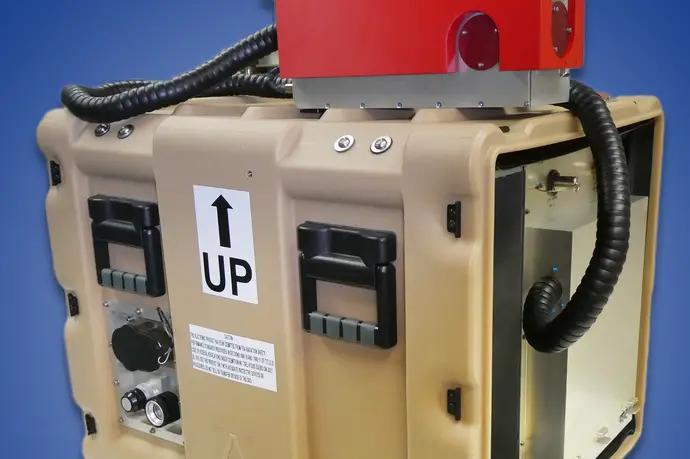
 www.thedefensepost.com
www.thedefensepost.com
Being led by the Directed Energy Weapons team within the MoD's Defence Equipment and Support (DE&S) organisation, the new DEW road map is intended to result in the fielding of laser DEW (LDEW) and radio frequency DEW (RFDEW) systems for air-defence and counter-unmanned aircraft system (C-UAS) applications. The work will build on prior DEW maturation and learning, including lessons learned from three capability demonstrator projects expected to start user experimentation in 2024.
